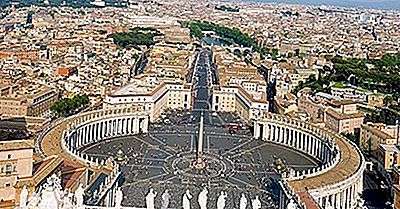5. Where is Rome located? –
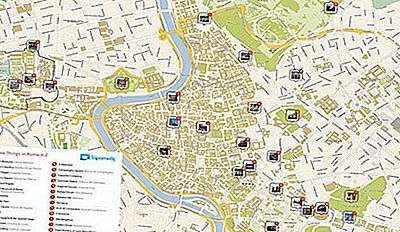
The historic city of Rome is located in the west-central part of the Italian peninsula, on the banks of the Tiber, in the Lazio region of Italy. The city is the capital of Italy and also its largest and most populous metropolis, welcoming millions of inhabitants 2.9 in an area of 1,285 km2. The Vatican City, a country, is located within Rome, making it the only example of a country in a city.
4. Climate of Rome –
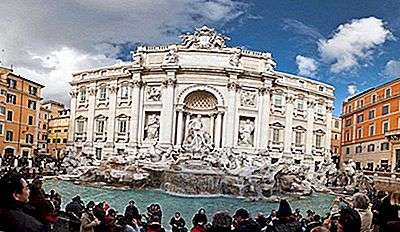
The Mediterranean climate prevails in Rome, characterized by hot, dry summers and cold, wet winters. During the hottest months of July and August, the average daytime temperature is 30 ° C while at night it is 18 ° C. In the coldest winter month of winter, the daytime average temperature is 12 ° C and the nighttime temperature is 3 ° C. Heavy snowfall is extremely rare, but light snowfall occurs almost every winter. However, it is rare for snow accumulation on the ground to occur frequently. The pleasant climate of Rome favors a strong tourist frequentation in the city throughout the year.
3. The Tiber Of Rome –
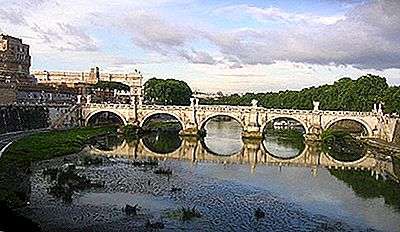
The Tiber is a historic river in Europe, famous for the city of Rome located on its banks. The Tiber is the second longest river in the country after the Po river. The river originates from the slope of Monte Fumaiolo from where it flows for km 405 in a generally south direction and empties into the Tyrrhenian Sea near Ostia Antica. According to some ancient authors, the Tiber was originally known as the Albula, but it was renamed Tiberis after a king of Alba Longa, King Tiberius, died by drowning in the river. The river played a vital role in the birth and expansion of the city of Rome, as will be explained in the sections below. Another river, the Aniene, also flows through Rome. The river joins the Tiber north of the historic center of the city.
2. Geography of ancient Rome and origin of Roman civilization –
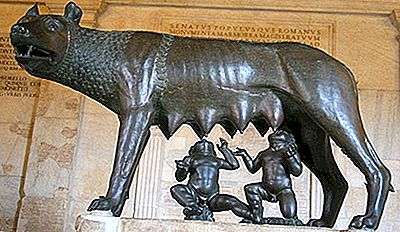
Historians believe that Rome was founded on a group of seven hills located in the present region of Lazio in Italy. These hills, named Aventine, Caelian, Capitoline, Esquiline, Palatine, Quirinal and Viminal, are located on the eastern bank of the Tiber, in the heart of the city of Rome. Small village-style settlements are said to have grown on the peaks of these seven hills, but at first these settlements were neither organized nor unified into a single entity. The city was probably founded by Romulus on the Palatine Hill and, little by little, the inhabitants of the seven hills came together to share common interests and solve common problems, thus giving shape to the ancient city of Rome. Thus, the aggregation of these agglomerations paved the way for the transformation of a proto-urban scene in an urban situation. The increase in agricultural productivity and the intensification of commercial activities probably stimulated the growth of the city.
1. How did the geography of Rome affect its expansion? –
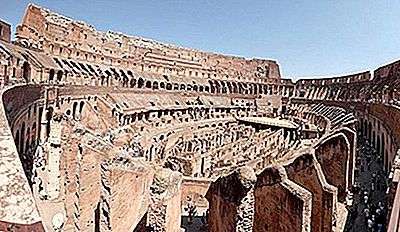
The geography of a place often plays a big role in the growth of establishments in the place. This fact is no different for Rome where the geography of Rome had a major impact on its expansion. The city’s elevated location at the top of the seven hills provided residents with a sense of protection and also protected people from flooding. All the major cities of the world developed on the banks of the great rivers, just like Rome. The waters of the Tiber met the water needs of the people of the region. The river also facilitated irrigation and navigation. It linked Rome to the Mediterranean Sea and thus provided an easy trade route between Rome and other parts of Europe and the world.

